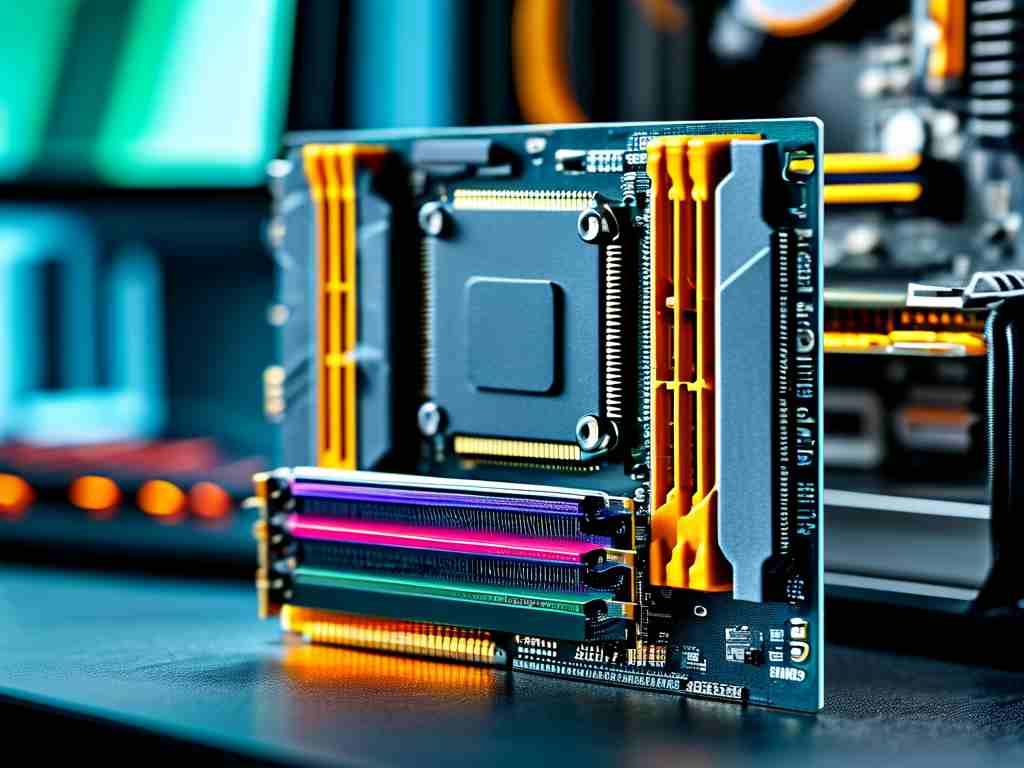In today's digital landscape, distributed service architecture has become the backbone of scalable and resilient software systems. Enterprises rely on specialized software solutions to manage microservices, ensure fault tolerance, and maintain seamless communication across distributed components. This article explores prominent distributed service architecture tools, their core features, and practical implementation scenarios.

1. Apache Dubbo
Apache Dubbo stands out as a high-performance RPC (Remote Procedure Call) framework designed for large-scale service-oriented architectures. Originally developed by Alibaba, it supports multiple protocols including HTTP/2 and gRPC. Dubbo's service discovery mechanism integrates with popular registries like ZooKeeper and Nacos, while its load balancing algorithms optimize traffic distribution. A typical Dubbo service configuration might include:
// Service provider configuration
@DubboService
public class OrderServiceImpl implements OrderService {
public String createOrder(OrderRequest request) {
// Business logic
}
}
2. Spring Cloud
For Java-centric environments, Spring Cloud provides a comprehensive suite of tools for building distributed systems. Its subprojects like Spring Cloud Netflix (Eureka for service discovery) and Spring Cloud Gateway (API routing) simplify microservices management. The platform's declarative REST client, Feign, enables effortless inter-service communication:
# Eureka client configuration
eureka:
client:
serviceUrl:
defaultZone: http://localhost:8761/eureka/
3. Kubernetes-Native Solutions
Container orchestration platforms like Kubernetes have reshaped distributed architecture implementations. Tools such as Istio (service mesh) and Linkerd complement Kubernetes by adding layer-7 traffic management and observability features. These solutions excel in cloud-native environments where automatic scaling and canary deployments are critical.
4. gRPC Framework
Developed by Google, gRPC has gained traction for its efficient binary serialization and polyglot support. Using Protocol Buffers as interface definition language (IDL), it enables strict service contracts across programming languages. Financial institutions often leverage gRPC for low-latency transaction systems requiring cross-platform compatibility.
Implementation Considerations
When selecting distributed architecture software, teams must evaluate:
- Protocol Compatibility: REST vs RPC vs messaging queues
- Ecosystem Integration: Compatibility with existing CI/CD pipelines
- Operational Complexity: Monitoring and troubleshooting capabilities
A hybrid approach often yields optimal results. For instance, combining Kubernetes for container orchestration with Istio for service mesh capabilities creates a robust foundation, while integrating Spring Cloud components enhances developer productivity.
Real-World Use Case
A leading e-commerce platform migrated from monolithic architecture to distributed services using Consul for service discovery and Envoy Proxy for edge routing. This transition reduced API latency by 40% and improved system uptime during peak sales events. The implementation involved gradual service decomposition while maintaining backward compatibility through API versioning strategies.
Future Trends
Emerging technologies like serverless computing and edge computing are pushing distributed architectures toward event-driven models. Tools supporting WebAssembly (Wasm) runtime environments and distributed SQL databases are gaining prominence, indicating a shift toward more decentralized and adaptive systems.
In , the choice of distributed service architecture software depends on specific technical requirements and organizational maturity. By strategically combining established frameworks with innovative tools, enterprises can build systems that balance scalability, maintainability, and performance.









